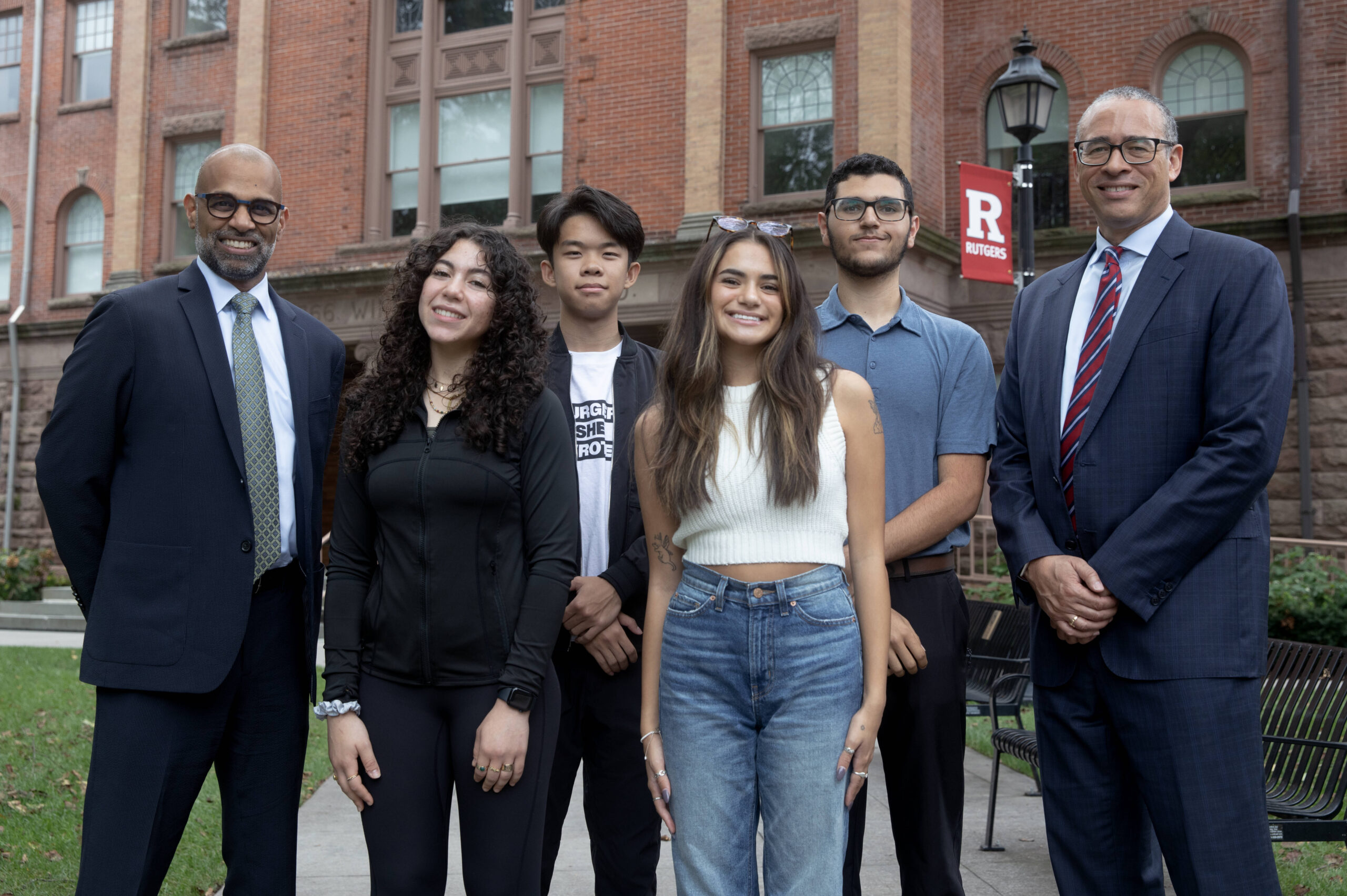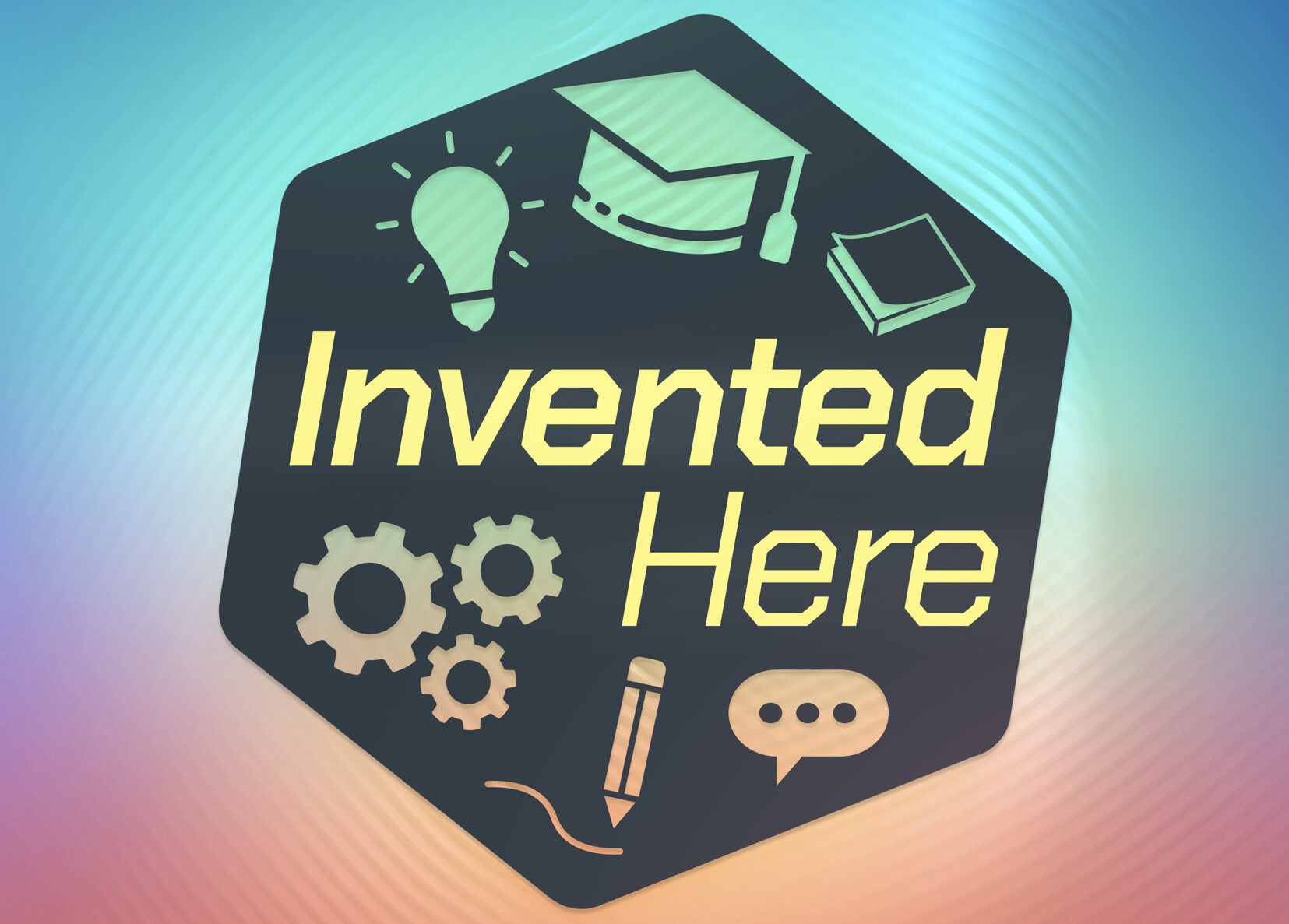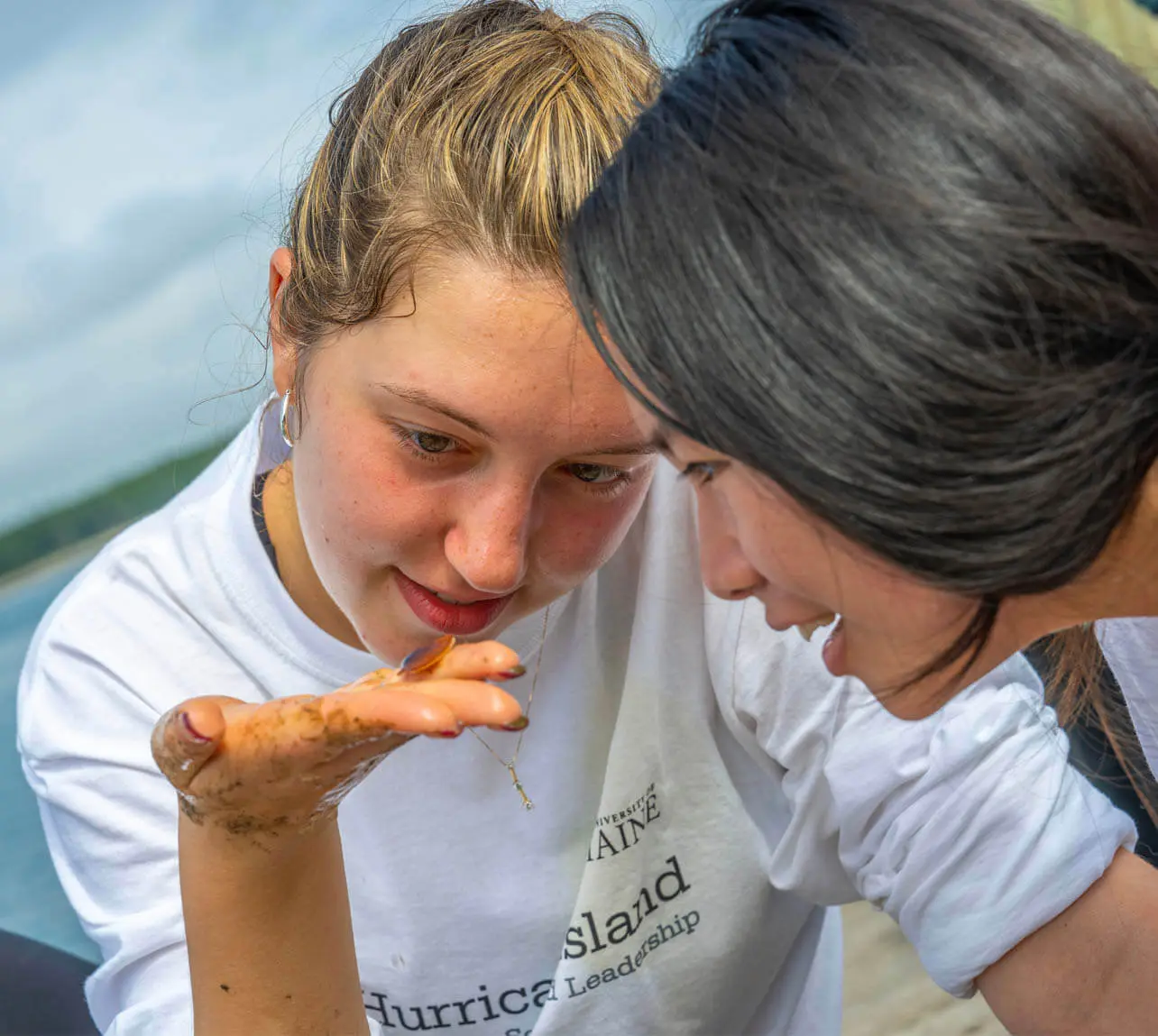This election season, there has been a lot of talk about defending Democracy. What that means to young people, and how they will act upon it in their lifetimes, is the question and the focus of College Presidents for Civic Preparedness. Growing out of The Institute for Citizens and Scholars in 2023, the coalition of diverse leaders coalesced around a concern that the lack of civil discourse—indeed, the dismissal of civics as an integral part of higher education—may be contributing to the polarization of America and the inability of young people to engage in meaningful debate. As the protests over the war in Gaza roiled campuses last spring, they frequently gave way to vitriol, misinformation, and obstinate behavior. And these leaders find themselves fighting what has been a simmering fire on campuses across the country: the urgent need to educate students in the practice of becoming productive, well-informed citizens.
“In my conversations with college presidents, they emphasized the need for higher education to rebalance its responsibilities between private and public good. They see an opportunity to strengthen our democracy through promoting healthy civil discourse,” says Rajiv Vinnakota, President of The Institute for Citizens and Scholars, a nonprofit organization focused on cultivating talent, ideas, and networks to develop young people as empowered, lifelong citizens.
Cultivating good citizenship may once have been an expected goal of higher education. But some presidents express frustration with the difficulty of getting institutions to embrace this as a priority, says Vinnakota. Pushback from a broad range of stakeholders—including students, faculty, trustees, alumni, and policymakers—reflects a decades-long trend in public opinion, where college is viewed more as a personal gain than a public good. This can lead institutions to burrow down on career development, while ignoring civic engagement.
There may be more at stake here than a healthy Democracy. Gallup surveys in 130 countries show people with higher personal well-being are more likely to say they give something— time, money, or help to a stranger— back to their communities. Civic Engagement Index scores, which measure people’s likelihood to do all three, are twice as high among those who are “thriving” compared with those who are “suffering.”
The Institute for Citizens and Scholars took the lead in connecting these administrators to create what Vinnakota envisioned as “a coalition of the willing where the collective power of presidents working together might move this common cause forward.” The Institute began by initiating a series of virtual conversations among presidents in early 2023, and officially launched the coalition with 15 leaders in August of last year. The group has since grown to 92 presidents and counting—particularly critical in a year where questions and confusion over fundamental principles such as free speech, and the right to protest vs. the protection of individual rights, dominated the public zeitgeist.
The roster is a diverse and impressive array of schools. Participants range from elite institutions like Dartmouth, Vassar and Amherst to large public universities like Cal State San Marcos and Indiana University, including minority-serving institutions like Claflin College and Howard University. Vinnakota says presidents join for different reasons, but are united by the shared understanding that civic preparedness must be at the heart of the academic experience and campus life.
“Some college presidents are already making this a central focus within their institutions. These are the true believers. Others are earlier in their journey and are eager to learn from leaders and utilize the tools we provide,” he says “Many have faced significant challenges since October 7th [the start of the Israeli-Hamas war] and are relying on our support to help guide their institutions through this period as effectively as possible.”
Rutgers University President Jonathan Holloway was an early member of the group, and says connecting with other leaders who shared his concerns and experiences was one of the first benefits of coming together.
“It was obvious in meeting Raj that I wasn’t alone in being concerned about the quality of the discourse in civic spaces or on civic topics. I wasn’t alone at being dismayed at the poor level of awareness in a college-going population about the basic building blocks of our democracy,” he says “Joining a group of leaders who shared this feeling of deep concern about the quality of civil discourse became a means for me to put into action a lot of what we’ve been thinking about here.”
Holloway, who defended his institution before Congress in the antisemitism hearings in May, believes the dismissal of civics education only serves to further erode a discipline that has been in decline. According to the Carnegie Corporation of New York, the US invests just 5 cents in civic education for every 50 dollars allocated to STEM subjects.
Joining a group of leaders who shared this feeling of deep concern about the quality of civil discourse became a means for me to put into action a lot of what we’ve been thinking about here.
“The defunding of civics education is a major part of the problems we are seeing today,” he says. Holloway lays the blame, in part, on the quality of the education itself. “One of the reasons for the pushback [on civics] is that, frankly, it was being done poorly. It was antiquated and writing people out of history,” he says. “Civics should be about speaking to the complexity of our nation and all the different strengths that come with it, but we didn’t evolve our government civics courses to meet that need in K-12.”
Holloway teaches a first-year semester course at Rutgers on civil discourse and is a staunch defender of free speech, in all its discomfort. He believes the decline in civic preparedness education came at a time when the country may have needed it the most. “The ways education has been totally unprepared for the addictive power and influence of social media has added to the problem,” he says. “The complete freedom for people to say whatever they want may look like free speech but there is no accountability and no civility and that’s a really toxic combination.”
Building a Good Citizen
College Presidents for Civic Preparedness is taking all of this on with three Civic Commitments that each member institution adopts: “Educating for democracy is central to our mission. We will prepare our students for a vibrant, diverse, and contentious society. We will protect and defend free inquiry.”
In interpreting this, Vinnakota believes we need to ensure that young people are civically well-informed. “This means understanding how their government functions, the historical context of our current situation, and having the ability to distinguish fact from opinion,” he says. “Secondly, they should be productively engaged for the common good, which includes voting and having respectful conversations about public issues—even when there are disagreements. Finally, a commitment to democracy involves building trust in institutions, government, and fellow citizens.”
According to their materials, the presidents develop programming on their campuses to advance these civic commitments in keeping with their unique institutional missions. These include: hosting speaker series that promote diverse viewpoints; expanding course offerings centered on civic preparedness; utilizing orientations for student debates and free expression skills; designing student programming around constructive dialogue and civic engagement and learning; promoting voter engagement initiatives; and highlighting the themes of democracy and civic life through speeches and seminars.
In its recent report, “From Polarization to Progress,” the coalition describes the ways in which the schools are working toward these goals, both collectively and individually. The group continues its confidential presidential forums, and held its annual meeting at Howard University in January. Its blueprint, built off of the three major goals, includes launching initiatives and learning opportunities in several domains, reflecting a theory of change that spans policy and practice. They are:
- Administrative, led by presidents and provosts and involving campus-wide initiatives like Campus Call for Free Expression, a series of activities designed to spotlight the principles of critical inquiry and civil discourse;
- Classroom, involving curricula, first-year learning and certification programs, as well as faculty development through the Faculty Institute, which held its first convening in June at Rutgers;
- Centers and Institutes, such as Wellesley College’s Hilary Rodham Clinton Center for Citizenship, Leadership and Democracy;
- Auditorium, encompassing speakers, public events and lectures.
Many of the myriad initiatives were already well-established, but bringing them together under one umbrella is part of the learning. The report notes strong activity in the past year: 88% of members offered courses or seminars that centered on civil discourse; 98% generated new civic research, fellowships, or initiatives; 98% hosted speaker series, dialogue dinners, or debates; and 94% held community, civic, or political engagement events. In 2025, 20% of current consortium members will offer programs that reach every student.
Bennington College President Laura Walker would be considered a “true believer.” The former president of New York Public Radio was drawn to the small liberal arts college in Vermont largely because of its mission “to work towards a world more beautiful, sustainable, democratic and just.” She has launched programs that support this mission including the Free Expression Task Force, which brings together a diverse group of students, faculty, staff, and Board of Trustees members to craft long-term policies that ensure these fundamental rights are preserved and nurtured within the institution. This fall, Bennington’s Center for the Advancement of Public Action is launching a seven-week course called “Saving Democracy Together,” open to Bennington students, alumni and the public.
Like Holloway, she believes we dismiss civics preparedness in higher education at our peril. “I believe we are witnessing the effects of this lack of prioritization, compounded by the fractured media landscape and other factors, in today’s political climate,” she says. But Walker, like the other leaders in the group, is in it to change it. “Despite the sometimes grim appearance of our political landscape, it is not too late to effect change. I remain hopeful that we can make a concerted effort to reconnect education and democracy in ways that secure our future.”
Vinnakota says the organization’s blueprint will lead to a number of changes on today’s college campuses: a decrease in polarization; comfort speaking up, especially if you feel you have a minority viewpoint; and a willingness to engage with people whose views are different than yours. In prioritizing constructive conversations, it is clear that this group of leaders, many battle-worn from drowned-out assemblies and political intervention on free speech, have civil discourse as top of mind going into this school year ahead of a contentious election.
“The presidents know that the protests are not going away. The students have been very clear about that,” says Vinnakota. “The question is how can administrators address this in a productive manner? How can we engage students in an effective way where they feel as though they are making an impact on the direction of this country?”
Holloway sees this as the opportunity. “College is a great moment of re-articulation where a young person comes in and can have a set of experiences that either affirm their views or radically change them,” he says. “To me, this is the perfect breeding ground for wrestling with ideas.”






